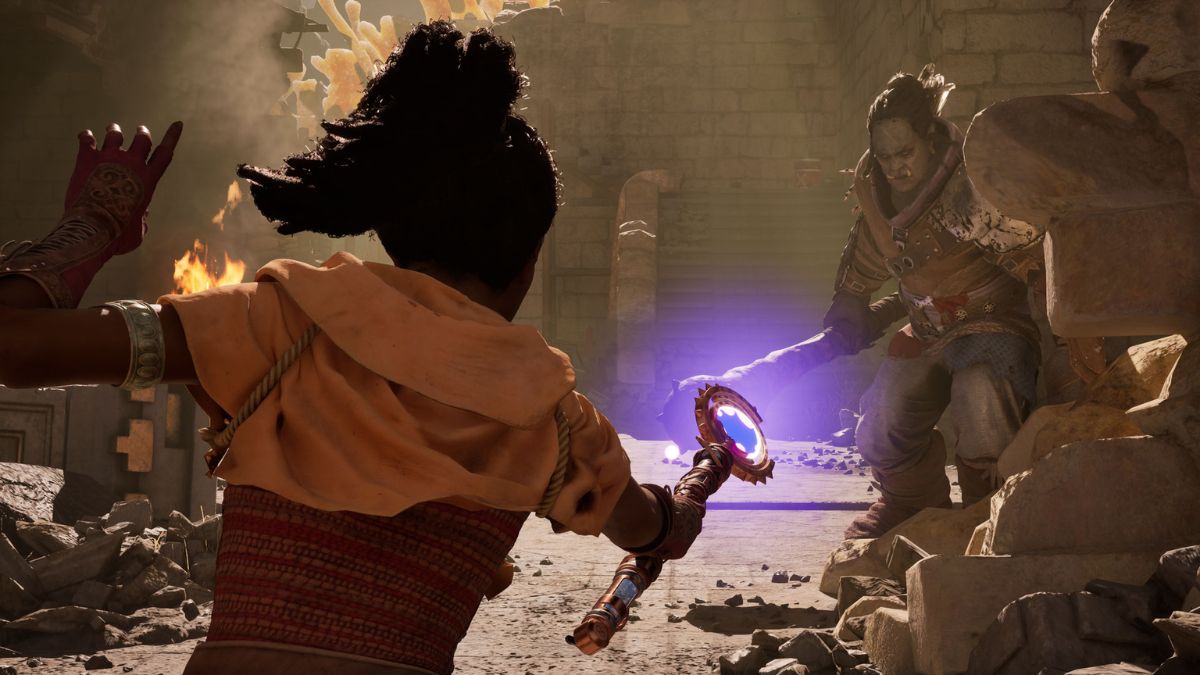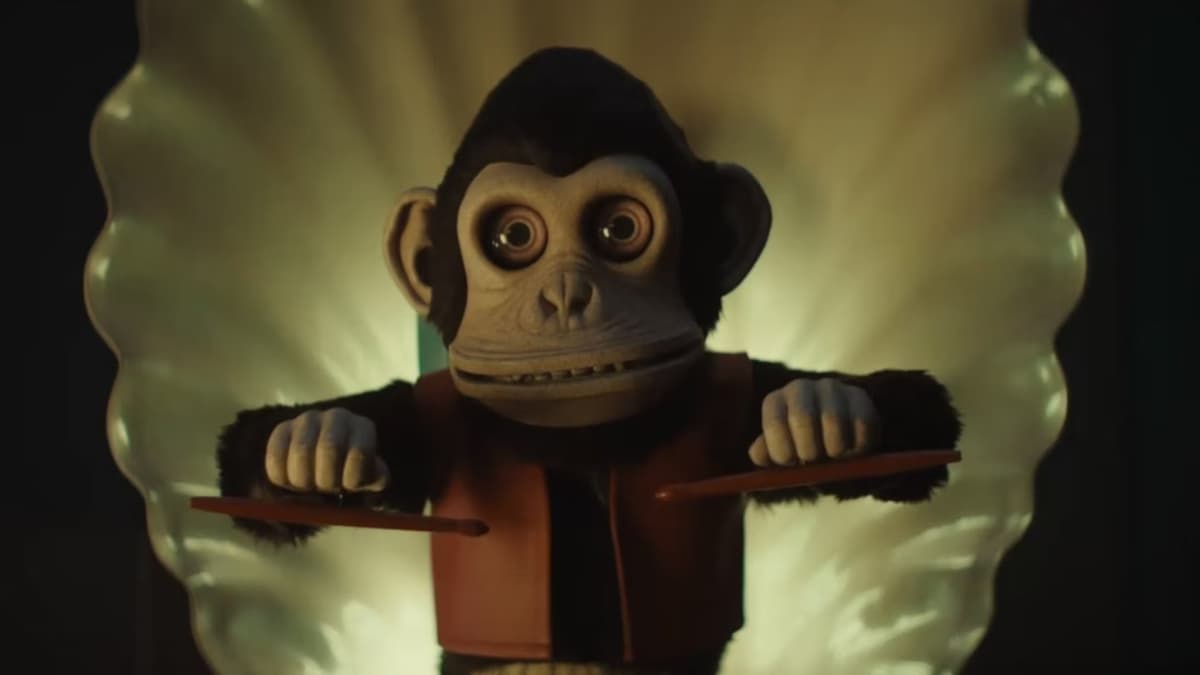Developed by Sucker Punch Productions. Published by Sony. Released March 21, 2014. Available on PS4.

Of all the “superhero” open world games on the market, inFAMOUS never quite grabbed me like the others. Prototype had interesting super powers and superior variety, Saints Row IV was hilarious and surprising, Arkham City had Batman, and none of the aforementioned titles dealt with the comically snarling, uncharismatic Cole MacGrath. The inFAMOUS games were alright, that much is true – they were just far more boring than anything featuring electrified supermen ought to be.
inFAMOUS: Second Son, however, changes everything for the better, and sees Sucker Punch creating pretty much what I’d have expected out of this series from the start. Inventive super powers, an intensely likable protagonist, plenty of “stuff” to do, and one of the most delightfully despicable villains a videogame has ever produced. Second Son comes close to fully delivering, let down only by the series’ long-standing over reliance on reusing the same few tricks. To cut a long story short – this is more like it!
Set seven years after the events of inFAMOUS 2, super powered “Conduits” are thought to be almost entirely out of commission. Those few remaining are labeled bio-terrorists and held in captivity by the Department of Unified Protection, headed up by the vile Brooke Augustine. Players guide Delsin Rowe, graffiti artist and professional layabout, as he unwittingly becomes a new conduit and travels to Seattle in order to settle scores against the government. Whether he’ll do that heroically or not is, of course, up to the player.
Delsin is a fantastic protagonist – witty, relatable, and performed with surprising believability. In fact, pretty much the entire cast is impeccable in terms of dialogue and performance, featuring a brilliant roster of voice actors and some top notch facial animation. The characterization found here is perhaps the best thing about Second Son, and indeed one would be hard pressed to find much better elsewhere. Standing out from the crowd is the aforementioned Augustine, whose deadpan sarcasm makes her hard to hate until she reveals how utterly despicable she really is. It’s rare to see a videogame villain so thoroughly irredeemable, and while her behavior sometimes borders on the needless (she’s clearly a member of the Evil n’ Lovin’ It Club), the thought of making her answer for her crimes will nevertheless become just as crucial a goal for players as it is for Delsin.
The expertly structured narrative is an amazing step up for the series, and this runs through to the obligatory “moral choice” elements. Rather than Cole’s embarrassing inner monologues that make him out to be some sort of confused psycho, players get to choose whether they want Delsin to be a selfless redeemer or a corrupting, vengeful hero-gone-wrong. His choices are more natural and understandable than most of the diametrically opposed choices presented in similar games, and the immoral path actually makes some sense, portraying Delsin as a fledgling Magneto, setting himself and fellow conduits apart from a society that hates them. Of course, with Delsin being such an affable guy, it may be hard for players to steer him down a darker path.
Taking place in a Seattle locked down by the nefarious DUP, Second Son lets players accrue power, perform good or evil deeds, and slowly eradicate government forces from areas of the city. Rather than gaining one elemental power, Delsin acquires three distinct “themes” for his abilities throughout the course of the game – starting with Smoke, and gaining three more unique traits from there. Delsin will swap his powers by draining nearby energy sources – sucking the smoke from a chimney will give him his Smoke powers, but he can swap those out by slurping up a different source of energy elsewhere.

Smoke is Delsin’s starting gift, and it allows him to pass through certain objects, travel along air vents, and burn the brains out of his enemies. It performs the duties of a solid all-round “class,” providing a nice balance of powerful offensive tricks and movement-based enhancements. Another power is more movement based, while another brings in support. I would love to discuss my favorite power, but gameplay is apparently spoiler territory now, so I can’t.
Every power has its own devastating rampage attack, should Del kill enough foes within a given period of time. These all-out maneuvers fill the screen with murder, and are well worth checking out.
Powers can all be upgraded by collecting shards spread across the city, and they take one of two forms each depending on whether Delsin is evil or good. Extra powers are gated off by karma level, which is not only gained through narrative decisions, but by choosing whether or not to fatally wound enemies or heal the helpless. There are also respawning events throughout the city that can be mined for extra karma too – from helping cops take out criminals, to murdering street musicians because they’re “annoying.”
Each superhuman ability is most definitely fun to play around with, and controls are relatively simple, even with three (or four) different flavors to choose from. My one issue with the controls is the overuse of the touchpad, required as it is for draining power sources, breaking machines, interacting with devices, and opening doors. It’s not the most abusive use of a gimmicky interface I’ve seen, but it nonetheless comes off as using things for their own sake, especially as swiping stuff adds nothing of note to the experience. I’d really rather just press a button.
Seattle is, naturally, full of stuff to do, though that stuff can become exhausting through repetition. In order to wrest control of the city away from the DUP, players must perform the same tasks over and over in each region. From destroying DUP strongholds to breaking security cameras, tagging walls, and much more besides, there are plenty of distractions, but they get old fairly quickly, and there’s nothing here that similar open world games haven’t been doing for years. The most original idea is the street graffiti, which you’ll be using motion controls to perform. It’s a cute idea, but again, it’s done so often and in such a formulaic fashion that it grows tiresome after a couple of instances.
Main missions are a pretty even mix of the exciting and the lethargic. There are some really clever boss battles, some thrilling set pieces, and satisfyingly chaotic combat, but there are also way too many instances of that “follow a radio signal to find a guy” contrivance – a glorified game of “hot and cold” that really hasn’t ever been fun in any open world game to date. Second Son relies on this bit of filler several times, and even has a whole menu of optional missions comprised entirely of them, and it’s just not enjoyable.
Still, for the most part, Second Son is wholly gratifying stuff. Each of the powers feel fully formed and separate, though unified via a shared control scheme – pressing Circle, for example, is going to make Delsin move quickly, but whether he surges forward in a cloud, sprints as a [REDACTED], or grows [REDACTED] is dependent on the equipped power. Combat can be tricky, especially once more powerful DUP agents show up, and a number of opponents are more frustrating than enjoyable to deal with, but overall it’s a huge laugh to roll up to a group of soldiers and choke, stab, or stealth-kill them, especially once you’ve whittled the opposition down to one lone DUP agent, who’ll often throw his hands up in surrender – allowing you to deal with him as you wish.
It should be said that Second Son is a thoroughly gorgeous game to look at. Lighting is incredible, each of the powers are brimming with spectacular special effects, and reflections on passing vehicles are particularly stunning. Despite talk of visual downgrading since its first public reveal, Second Son delivers in the visual department. The same holds true for audio, with an impressive soundtrack that kicks in at just the right moments, and that aforementioned brilliant voice cast.
Bottom Line: The best in the series to date, inFAMOUS: Second Son tells an amazing story and gives players a ton of relishable power to play with. It’s held back by some outdated and formulaic ideas, but overall it’ll keep players happy.
Recommendation: While still not quite as good as many other open world games, Second Son is a PS4 exclusive well worth checking out, even if it does grate a little toward the end.
[rating=3.5]













Published: Mar 20, 2014 7:00 PM UTC